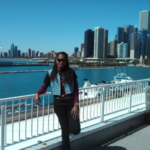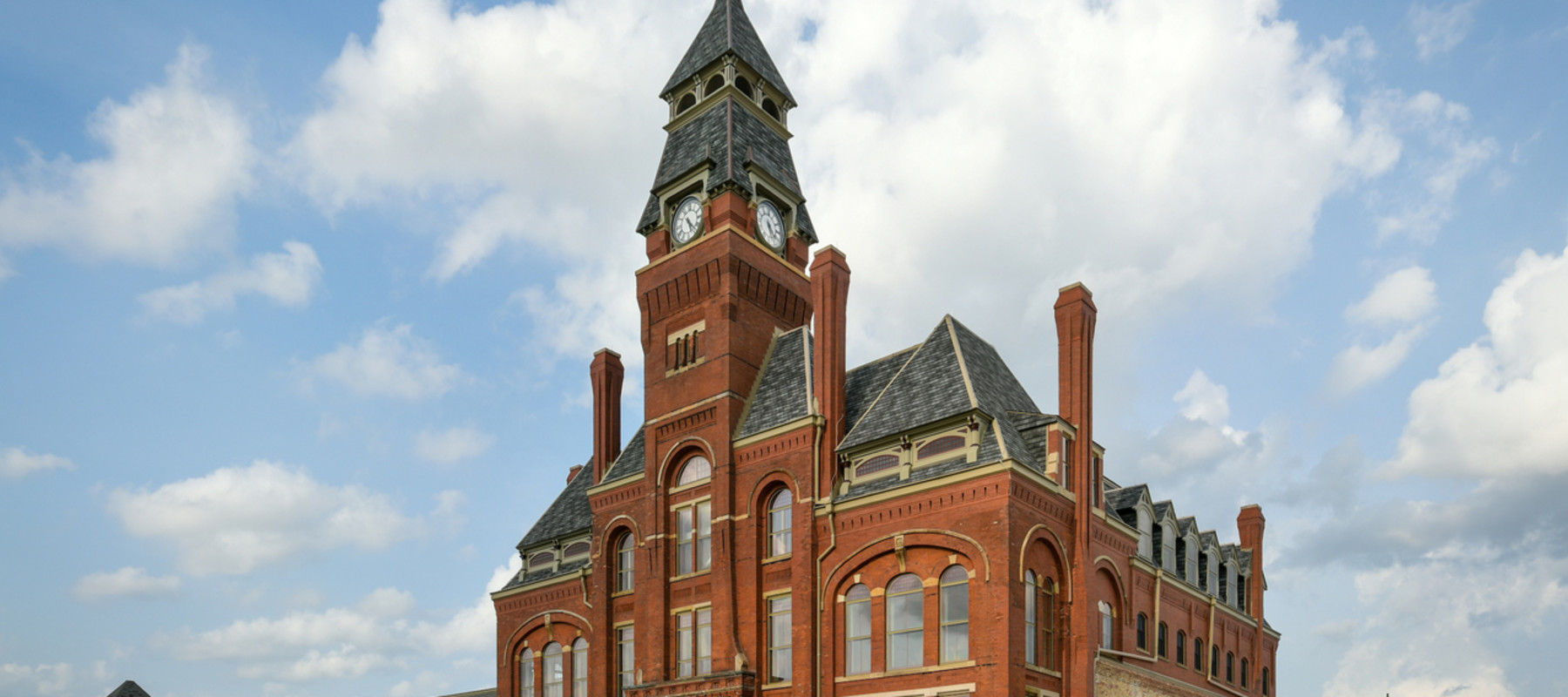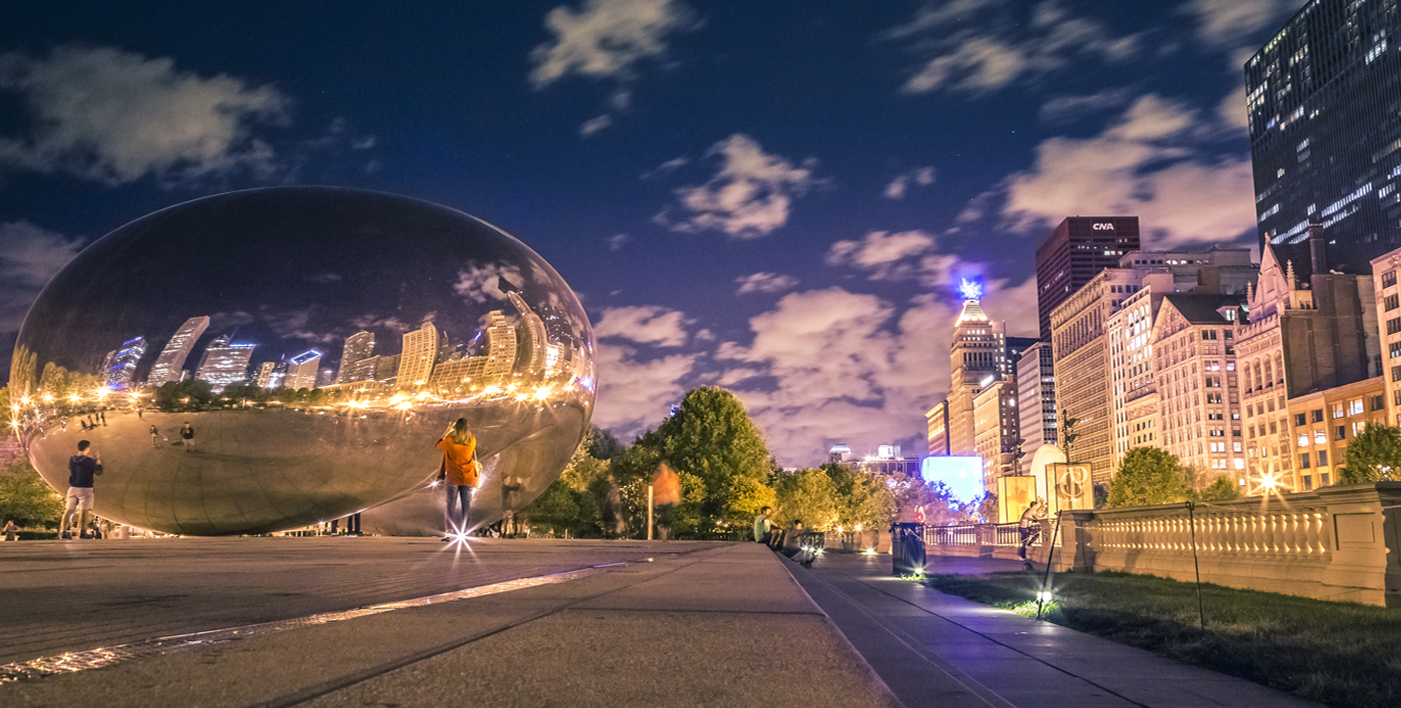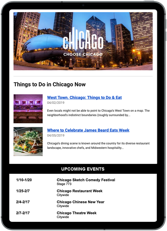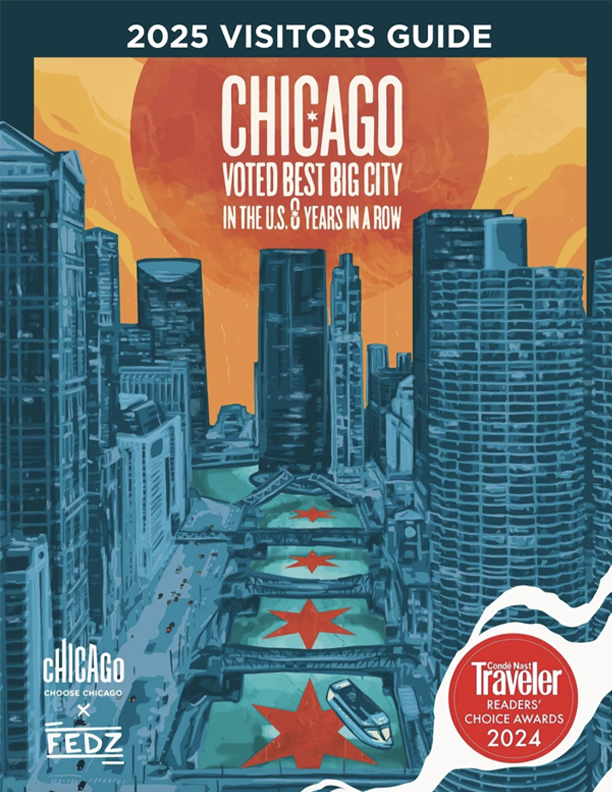Step into Chicago’s storied history of the country’s first planned industrial community. The city’s first and only national park site will be honoring the Grand Opening of the Pullman National Monument with a community celebration on Saturday, Sept. 4 and Sunday, Sept. 5, 2021. Learn more about the grand opening event and how you can be a part of Chicago history.
Pullman grand opening event
The two-day event on the Pullman grounds will mark the official opening of the Pullman National Monument, featuring the brand new Visitors Center. The weekend will be filled with an array of fun, family-friendly activities. Here are a few of the highlights:
- Tour the new Visitor Center and the first floor of the striking Hotel Florence. Free tickets are available day-of at the information tent at 111th and Cottage Grove; tours will run from 10 a.m. to 4 p.m. on Saturday and Sunday.
- Tour historic Pullman-built rail cars. These luxurious train cars, featuring mahogany paneling, chandeliers, and formal dining rooms, have transported celebrities, tycoons, and presidents. Donation-based tickets are available at the information tent at 111th and Cottage Grove; tours will run from 10 a.m. to 4 p.m. on Saturday and Sunday.
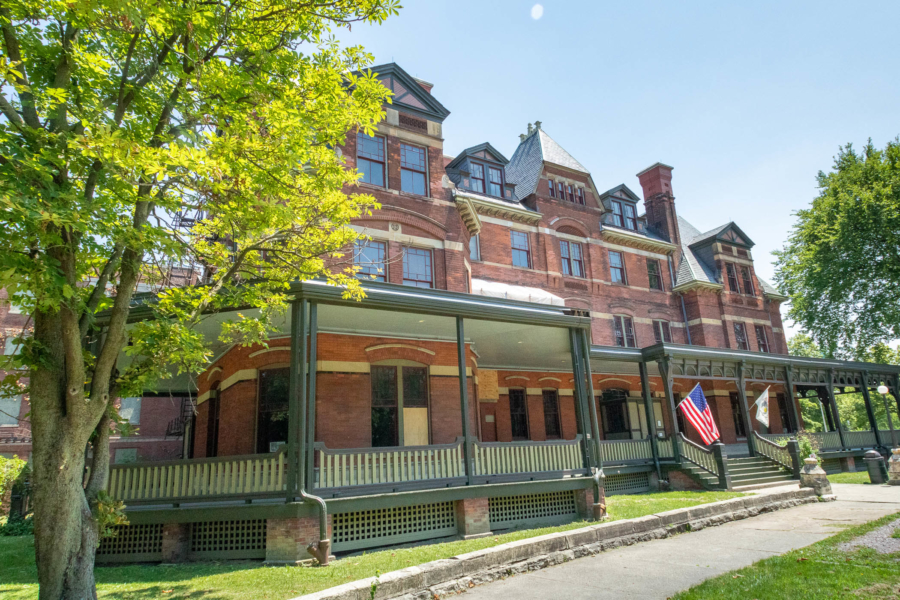
- Discover special programming at theNational A. Philip Randolph Pullman Porter Museum, commemorating the birth of the Black labor movement.
- Check out food trucks and live entertainment, including a DJ, Jumping Juniors, the Jesse White Tumblers, and more.
And much more! Explore the full schedule for details and a list of all events and programming.
Visiting Pullman
There’s so much to explore in Pullman all year long. Explore the impact of the Pullman community with a trip to the new Historic Pullman Visitor Center. Located in the Clock Tower and Administration Building, the center is the starting point for your Pullman journey. The imposing red brick structure was constructed in 1880 and once overlooked the rippling waves of an artificial lake.
Today, the clock tower serves as the headquarters for visitors and hosts a 15-minute introductory video that covers Pullman history and restoration timeline. Browse through exhibits including artifacts from the Pullman family mansion, displays from the factories, and remnants from original Pullman train cars.
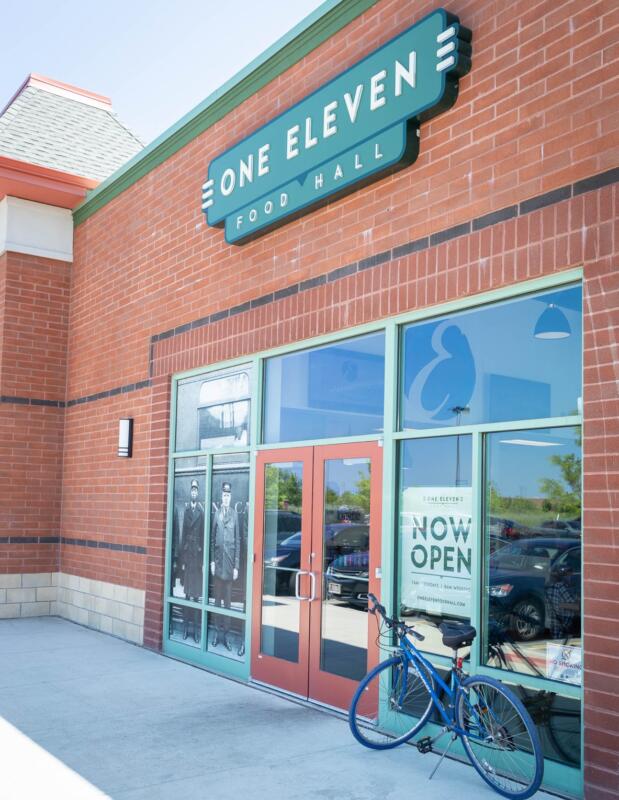
For kids, don’t miss the National Park Service Junior Park Ranger Program booklet, which supplies activities to become a Pullman Junior Ranger. Grab a walking tour brochure to plan a self-guided tour or take a guided tour offered every first Sunday of the month, May through October, or a customized group tour.
Next month’s grand opening is just the start of the festivities. On Oct. 3, from 1:30 – 3 p.m., catch the First Sunday Walking Tour and gain insider perspectives from knowledgeable guides. Attend the 48th Annual Historic Pullman Walking Tour on Oct. 9 – 10, when residents open their homes for up close and personal views of historic houses. And don’t miss the nearby One Eleven Food Hall, showcasing local Black-owned food vendors.
History of Pullman
Pullman is part of the National Park Service and includes the landmark buildings of Hotel Florence, National A. Phillip Randolph Pullman Porter Museum, Historic Pullman Workers’ Homes and the Pullman Administration Clock Tower Building. President Obama designation the historic Pullman community a National Monument in 2015.
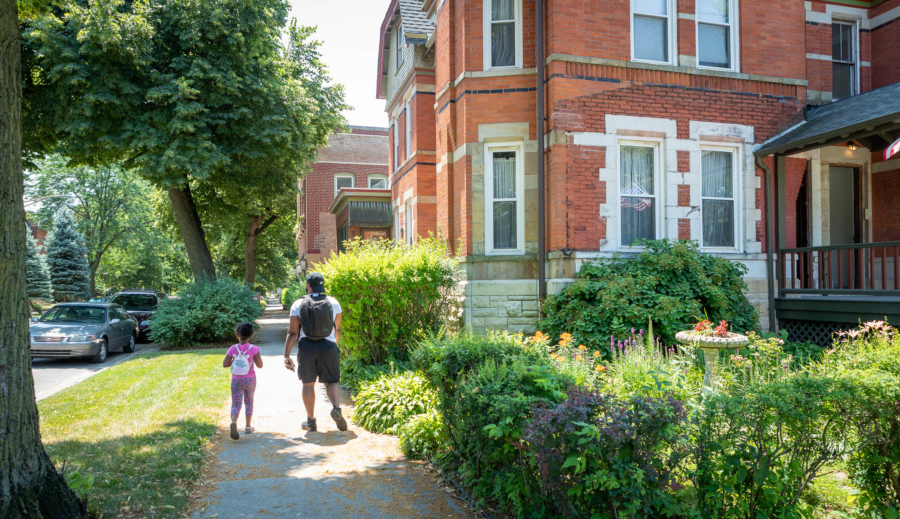
Known for ground-breaking architectural design and declared the “world’s most perfect town” at the 1896 International Hygienic and Pharmaceutical Exposition, the Pullman industrial town opened in 1881 and boasted 9,000 residents by 1885. George Pullman founded the Pullman Palace Car company in 1867 and soon amassed a fortune by developing comfortable and elegant accommodations for cross-country train travel. He purchased 4,000 acres of open prairie south of Chicago to start a model industrial town.
The community was noted for indoor plumbing, gas, and spacious interiors, which was unusual for the era. In 1894, the Pullman factory strike laid the foundation for the U.S. Labor movement and in 1925, the Brotherhood of Sleeping Car Porters, formed by Pullman car porters, became the country’s first Black labor union.


